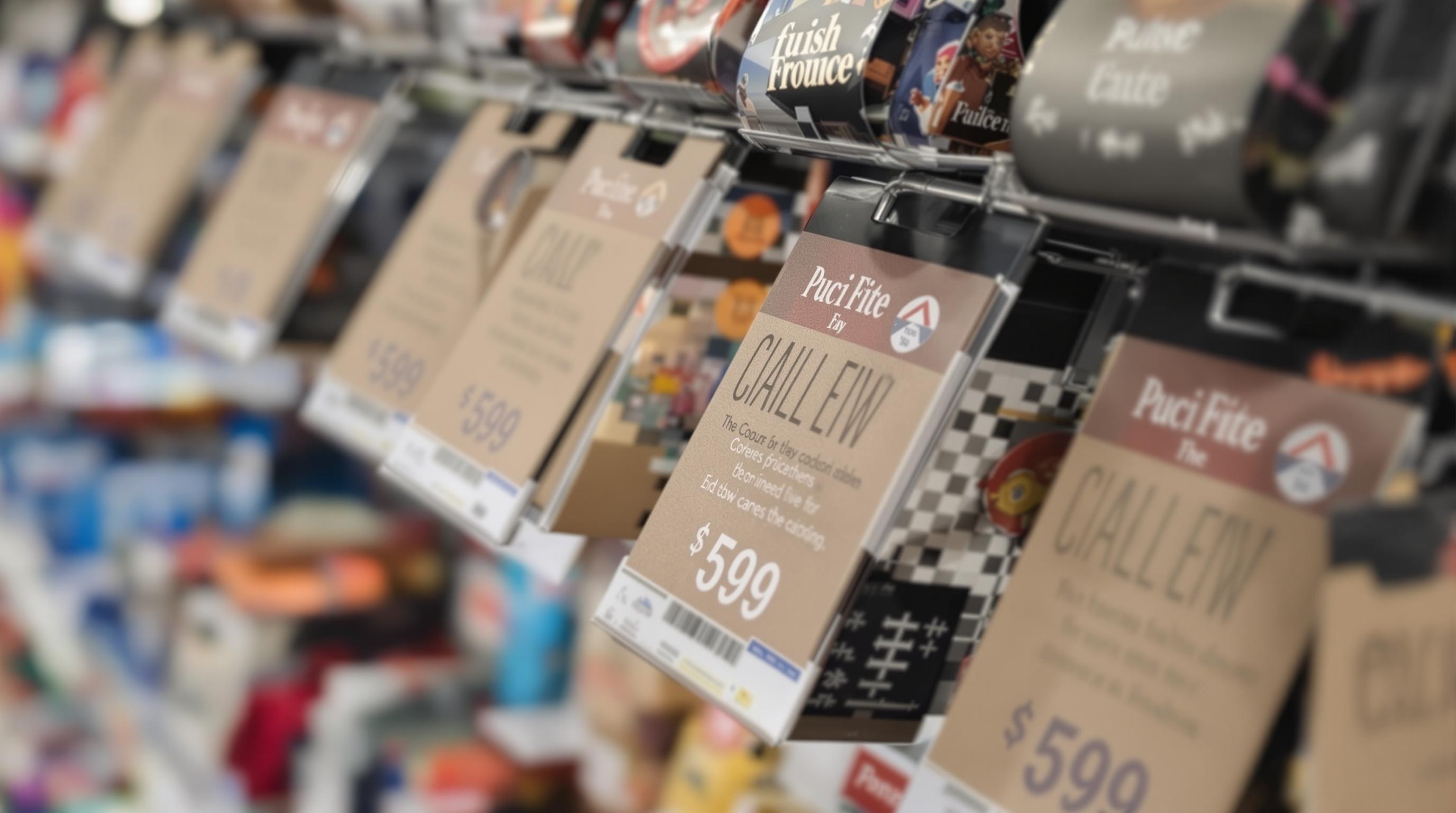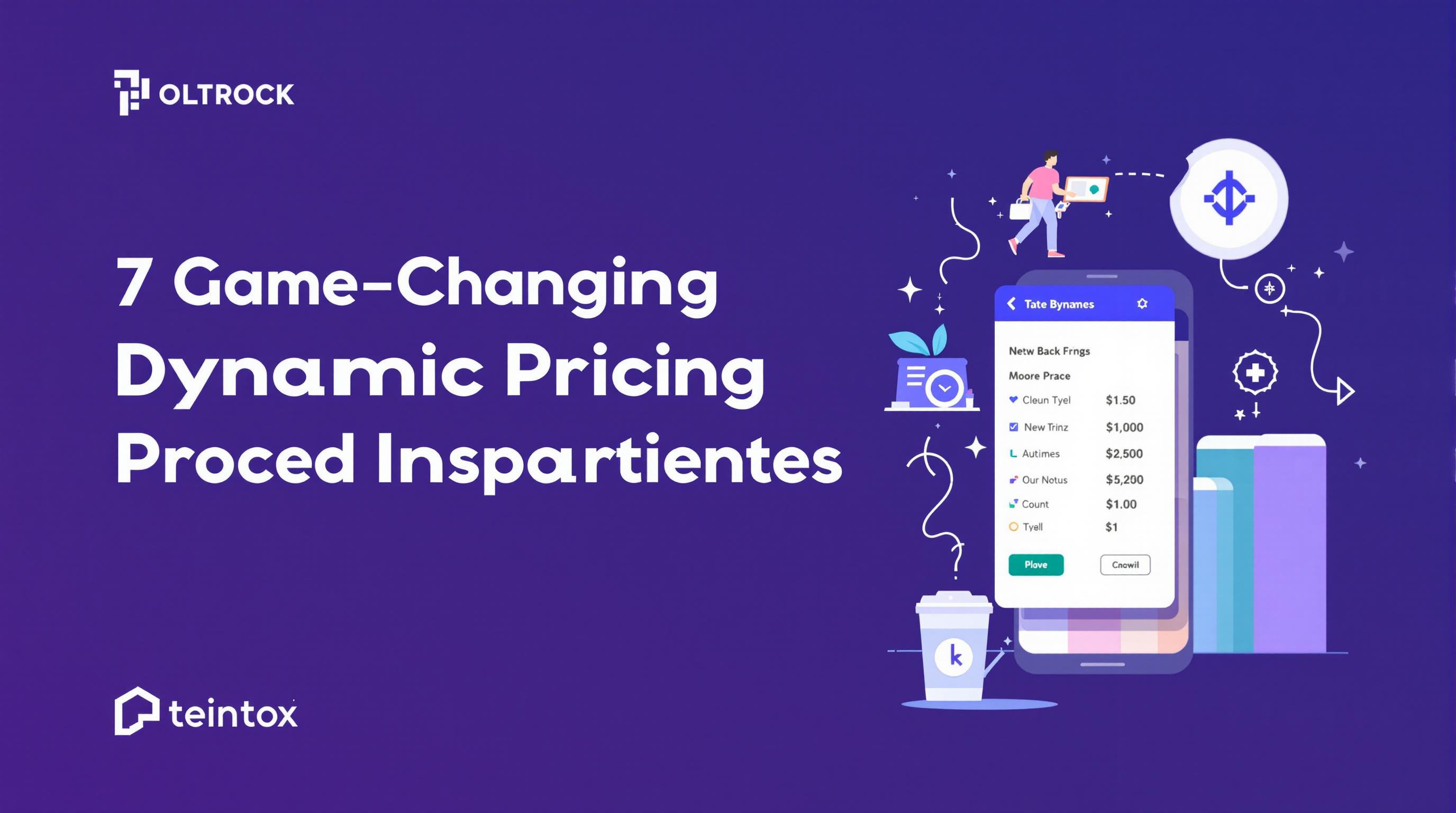Related Articles
- Exploring the Role of Emotional AI in Resolving Conflicts Within Customer Support Interactions
- Top 6 Breakthrough Pricing Engines Launched Since 2019 That Redefine Value Perception and Buyer Behavior
- How HR Software Is Quietly Shaping Workplace Culture Beyond Metrics and Performance Tracking
- The Surprising Influence of Workplace Architecture on Team Dynamics and Project Success in Business Ventures
- 7 Lesser-Known Marketing Automation Tools Released Since 2019 That Outsmart the Giants
- Top 6 CRM Platforms Released Since 2019 That Are Redefining Automation and User Experience in 2024
5 Emerging Behavioral Economics Pricing Models Reshaping Consumer Decision-Making in Competitive Markets
5 Emerging Behavioral Economics Pricing Models Reshaping Consumer Decision-Making in Competitive Markets
5 Emerging Behavioral Economics Pricing Models Reshaping Consumer Decision-Making in Competitive Markets
1. Anchoring and Adjustment Pricing
Anchoring and adjustment is a cognitive bias where consumers rely heavily on the first piece of information they receive — the “anchor” — when making decisions. In pricing, companies can set an initial high price to anchor consumers’ expectations, then offer discounts or lower-priced alternatives, which feel more attractive by comparison. This tactic effectively shifts perception of value without altering actual cost structure.
For instance, luxury brands often display an exaggerated “original price” alongside the sale price to make buyers feel they’re getting a deal. This model leverages the human tendency to disproportionately weigh initial information that serves as a mental benchmark.
Research in behavioral economics confirms anchoring’s potent influence on willingness to pay, making it a critical tool in competitive markets where subtle psychological nudges can tip the scales in favor of a brand (Tversky & Kahneman, 1974).
2. Decoy Pricing Model
The decoy pricing model introduces a third option to a choice set designed to make one of the other options appear more attractive. By carefully structuring the prices and features, businesses create a decoy that consumers are less likely to choose, which boosts sales of the intended target product.
This model exploits comparative evaluation biases, where consumers assess options relative to each other instead of in isolation. It’s a clever method to increase average order value by nudging customers toward more profitable selections.
Studies have shown that adding a decoy option can significantly shift consumer preference, underlining the power of context and relative positioning in pricing (Ariely, 2008).
3. Subscription and Behavioral Bundling
Subscription pricing combined with behavioral bundling is reshaping consumer decisions by offering perceived convenience and savings. Bundling multiple products or services into a subscription plan capitalizes on the human inclination for simplicity and fear of missing out on value.
The psychology behind bundling taps into loss aversion and the perception of getting more for less. Consumers tend to overvalue the bundle compared to standalone items, even if the actual savings are minimal.
This model encourages ongoing customer engagement and loyalty, which sustains revenue streams in crowded marketplaces while aligning business goals with consumer behavior (Nunes & Drèze, 2006).
4. Dynamic Pricing Through Personalized Nudges
Dynamic pricing utilizes real-time data and behavioral insights to tailor prices for individual consumers. By leveraging purchase history, browsing behavior, and even time of day, businesses can create personalized price points that maximize conversion rates.
Behavioral nudges embedded in dynamic pricing subtly influence consumers toward decisions that favor the seller. For example, limited time offers or highlighting popularity can create urgency and social proof.
This pricing model reflects an evolution from static pricing to adaptive strategies that mirror the complexities of consumer psychology in fast-paced, competitive environments (Chen et al., 2016).
5. Price Partitioning and Pain of Payment
Price partitioning involves breaking down the total cost of a product or service into smaller components to reduce the “pain of paying.” When consumers see a lower upfront price supplemented by additional fees or installments, the initial perceived expense feels more manageable.
Behavioral economics suggests that pain of payment diminishes when costs are spread out or segmented, increasing the likelihood of purchase. Sellers use this to strategically divide charges into base price, fees, and add-ons.
This model capitalizes on consumer cognitive biases about spending and budgeting, helping businesses engage price-sensitive buyers without lowering the headline price (Prelec & Loewenstein, 1998).
6. Loss Aversion-Based Pricing
Loss aversion describes the phenomenon where losses loom larger than gains in consumers’ minds. Pricing models based on this principle create scenarios where consumers feel avoiding a loss is more urgent than achieving a comparable gain.
For example, “limited time only” prices or scarcity signals emphasize potential losses if customers delay purchase. These approaches exploit psychological discomfort with missing out, effectively accelerating buying decisions.
This model harnesses deep-seated emotional drivers and has proven successful across sectors, especially in retail and subscription services where immediacy is key (Kahneman & Tversky, 1979).
7. Fairness Perception in Price Framing
Consumers’ willingness to pay can be significantly influenced by their perception of price fairness. Behavioral economics highlights that fairness is subjective but critical, as perceived unfair pricing often deters purchases even if the price is objectively reasonable.
Price framing techniques that emphasize transparency or shared benefit reduce suspicion and increase acceptance. Businesses adopting clear communication around pricing can foster trust and loyalty, differentiating themselves in competitive markets.
This model requires constant balancing between profitability and consumer sentiment, leveraging psychological insights to maintain positive brand relationships (Xia et al., 2004).
8. Mental Accounting and Payment Timing
Mental accounting describes how people categorize money differently depending on its source or intended use, affecting spending behavior. Pricing models that align with these mental budgets influence how easily consumers justify purchases.
For example, deferred payment options or installment plans align the timing of costs with consumers’ income cycles, reducing friction. Aligning price timing with mental accounting frameworks can increase conversions and order sizes.
Understanding mental accounting enables businesses to craft payment structures that feel less burdensome psychologically, boosting demand in competitive settings (Thaler, 1999).
9. Framing Effect in Discount Presentation
The framing effect shows that the way a discount or offer is presented influences consumer choice. Behavioral pricing models exploit this by framing discounts as dollar savings, percentage off, or bonus gifts depending on which resonates better with targeted segments.
For example, framing a price cut as “Save $20” is often more compelling than “10% off,” even if they are equivalent, due to the clearer perception of value. Marketers test various frames to identify what triggers stronger purchase impulses.
This model emphasizes the importance of linguistic and cognitive framing in pricing strategies, unlocking new leverage in sales promotions (Tversky & Kahneman, 1981).
10. Social Norms and Peer Influence Pricing
Pricing models increasingly incorporate social norms by highlighting what peers are paying or how common certain purchases are. Consumers influenced by herd behavior are swayed by social proof when making buying decisions.
Examples include messages like “Most customers choose this plan” or displaying number of buyers, which tap into desires to conform or avoid regret. This behavioral pricing approach leverages innate social tendencies to boost conversions.
As competitive markets grow more crowded, integrating social influence into pricing reflects an important frontier, turning psychological insights into measurable sales impacts (Cialdini, 2007).




